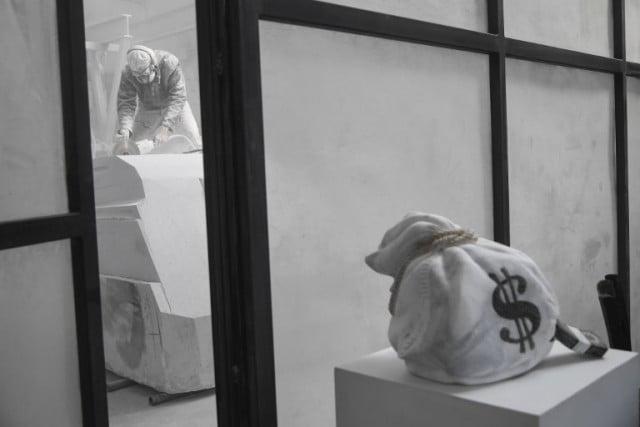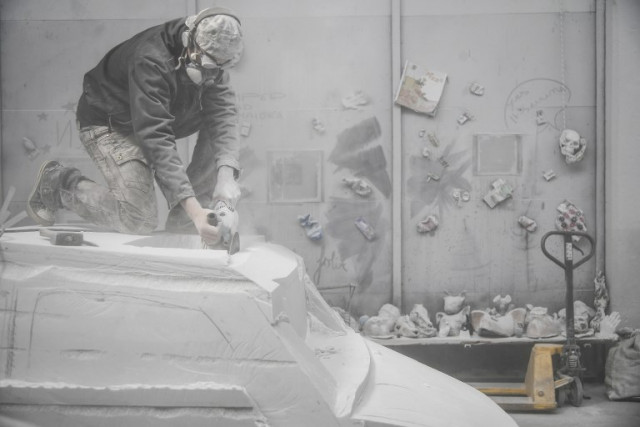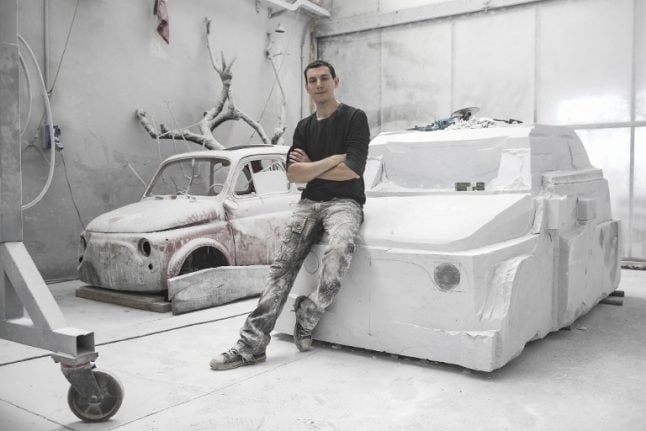
Photo: MARCO BERTORELLO / AFP

Photo: MARCO BERTORELLO / AFP
A young Turin-based artist has spent months sculpting a life-size Fiat 500 car out of a 15-tonne block of white Carrara marble in a work he sees as a critique of today's consumerist, throw-away society.


